Home>Garden Essentials>How To Layout Your Garden Design
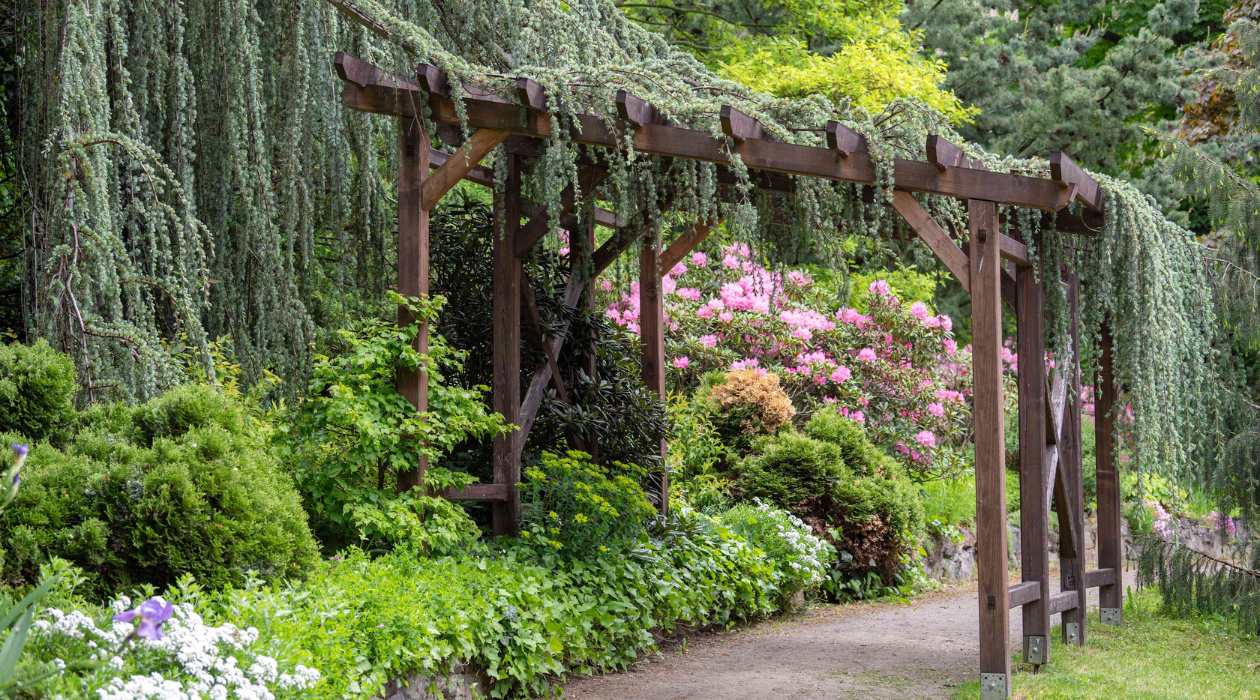

Garden Essentials
How To Layout Your Garden Design
Modified: March 7, 2024
Learn how to effectively layout your garden design and create a beautiful outdoor space with our comprehensive garden planning guide. Transform your garden with expert tips and advice.
(Many of the links in this article redirect to a specific reviewed product. Your purchase of these products through affiliate links helps to generate commission for Storables.com, at no extra cost. Learn more)
Introduction
Welcome to the wonderful world of gardening! Whether you have a spacious backyard or a small balcony, creating a beautiful and functional garden design can be an incredibly rewarding experience. A well-designed garden not only adds aesthetic value to your outdoor space, but it also offers a peaceful retreat where you can relax and connect with nature.
In this article, we will explore the key steps to consider when laying out your garden design. From assessing your garden space to selecting the right plants and incorporating unique features, we’ll cover everything you need to know to transform your outdoor area into a personal oasis.
Before diving into the design process, take a moment to envision what you want your garden to look and feel like. Consider your personal style, the purpose of the space, and any specific features or elements you’d like to include. Having a clear vision will help guide your decision-making process and ensure that the end result reflects your unique taste and preferences.
Keep in mind that everyone’s garden will be different, based on factors such as available space, climate, and personal preferences. The goal is to create a design that not only suits your lifestyle but also thrives in your particular environment.
So, grab your gardening gloves and let’s get started on creating a stunning garden design that will impress both you and your guests!
Key Takeaways:
- Designing a garden involves assessing space, choosing a style, and selecting plants. Clear pathways, focal points, and lighting enhance the design, while maintenance ensures long-term beauty and enjoyment.
- A well-designed garden reflects personal style and provides a peaceful outdoor retreat. It requires careful planning, regular maintenance, and a willingness to adapt and experiment over time.
Read more: How To Layout Your Living Room
Assessing Your Garden Space
Before diving into the design process, it’s crucial to assess your garden space and understand its unique characteristics. This step will help you make informed decisions about the layout, plant selection, and overall design of your garden.
Start by measuring the dimensions of your garden area. Take note of any existing structures, such as fences, walls, or trees, that may impact the layout of your design. Consider the amount of sunlight your garden receives throughout the day, as this will play a significant role in determining which plants will thrive in your space.
Next, evaluate the soil quality and drainage in your garden. Understanding the soil type and pH level will guide your plant choices and determine whether you need to amend the soil with compost or other organic matter. Additionally, take note of any slopes or uneven terrain, as this can influence the placement of pathways and raised beds.
Consider the existing features in your garden, such as trees, shrubs, or architectural elements. These can serve as focal points or constraints in your design. For example, a large tree can create a shaded area perfect for a seating nook, while a tall wall can provide privacy or act as a backdrop for climbing plants.
Pay attention to the microclimates within your garden. Some areas may be sunnier and warmer, while others may be cooler and more shaded. This will help you select the right plants for each specific area, ensuring their optimal growth and survival.
Lastly, think about how you plan to use your garden. Do you want a designated space for entertaining, a children’s play area, or a peaceful retreat for relaxation? Understanding the functional requirements of your garden will help you prioritize different zones in your design.
By thoroughly assessing your garden space, you’ll be equipped with essential information that will inform your decisions throughout the design process. Remember, a well-planned garden design starts with a solid understanding of your unique outdoor space.
Determining Your Garden Design Style
When it comes to designing your garden, it’s important to choose a style that resonates with your personal taste and complements the overall aesthetic of your home. Selecting a cohesive design style will create a harmonious and visually appealing outdoor space. Here are some popular garden design styles to consider:
- Traditional: This style embraces classic elements and symmetrical layouts. Think well-trimmed hedges, formal flower beds, and structured pathways. Traditional gardens often incorporate a variety of colors and textures, creating a charming and sophisticated atmosphere.
- Contemporary: A contemporary garden design leans towards clean lines, minimalism, and a focus on the use of space. This style often features sleek, low-maintenance plantings, with an emphasis on hardscaping and architectural elements.
- Cottage: A cottage garden offers a relaxed and romantic atmosphere. It typically includes an abundance of colorful flowers, lush greenery, and winding pathways. This style encourages a more organic and free-flowing approach to planting.
- Asian Zen: Inspired by Eastern philosophies, an Asian Zen garden promotes tranquility and balance. It often incorporates elements such as water features, gravel, rocks, and minimalistic plantings. Serene and harmonious, this style encourages meditation and mindfulness.
- English Country: Similar to a cottage garden, an English country garden exudes a relaxed and informal charm. It often features an array of perennial flowers, mixed borders, and meandering pathways. This style encourages a profusion of color and a natural, slightly wild appearance.
Take some time to research these styles and browse through gardening magazines or online resources for inspiration. Consider which style aligns with your personal preferences and the existing architecture of your home.
Remember, it’s perfectly fine to mix and match styles or create your own unique blend. The key is to have a clear concept in mind to guide your design decisions and ensure a cohesive overall look.
Once you have determined your garden design style, you can begin selecting plants, materials, and features that align with that aesthetic. This will create a harmonious and visually pleasing garden that reflects your personal style and enhances the beauty of your outdoor space.
Creating Clear Pathways and Zones
A well-designed garden includes clear pathways and distinct zones that serve different purposes. Creating these divisions not only adds structure to your garden but also improves its functionality and visual appeal. Here are some tips for creating clear pathways and zones in your garden design:
1. Assess traffic flow: Take into consideration how people will move through your garden. Identify the main entrance points, areas of high traffic, and any potential obstacles. Design your pathways to facilitate easy movement and create a natural flow.
2. Determine focal points: Identify the focal points in your garden, such as a beautiful tree, a water feature, or a sculpture. Use pathways to lead the eye towards these focal points, making them more visually prominent and inviting.
3. Create distinct zones: Divide your garden into different zones based on their functions. For example, you might have a dining area, a play area, a vegetable garden, and a relaxation corner. Use pathways to clearly define these zones and create a sense of purpose for each area.
4. Consider materials: Choose materials that are suitable for your garden style and practical for your specific needs. Options include natural stone, gravel, brick, concrete, or wood. Consider the maintenance requirements and durability of the materials when making your choices.
5. Optimize space: If you have a small garden, make the most of your space by utilizing winding pathways and clever placement of plants and features. This can create an illusion of depth and make your garden feel larger than it actually is.
6. Think about accessibility: If you have individuals with mobility challenges or strollers, make sure your pathways are wide enough for easy navigation. Consider installing ramps or steps where necessary to ensure that all areas of your garden are accessible to everyone.
7. Add lighting: Illuminate your pathways and zones with strategically placed lighting to create a safe and inviting atmosphere in the evenings. This will not only enhance the beauty of your garden but also allow you to enjoy it during nighttime.
8. Don’t forget about plants: Incorporate plants along the edges of your pathways to soften the hardscaping and add a touch of natural beauty. Choose low-growing plants or groundcovers that won’t obstruct the pathway or require excessive maintenance.
By creating clear pathways and zones in your garden, you’ll not only improve the functionality of the space but also enhance its overall design. So take the time to plan and design your pathways, and watch as your garden transforms into a well-organized and inviting oasis.
Choosing the Right Plants for Your Design
Selecting the right plants is a crucial step in creating a successful garden design. The plants you choose will not only contribute to the overall aesthetic of your garden but also determine its long-term health and sustainability. Here are some factors to consider when choosing plants for your garden:
1. Climate and Sun Exposure: Start by considering your local climate and the specific growing conditions in your garden. Different plants have varying sun and shade requirements, as well as tolerance to heat, cold, and wind. Choose plants that are well-suited to thrive in your particular environment.
2. Soil Conditions and pH: Assess the soil type in your garden and determine its pH level. Some plants prefer sandy soil, while others thrive in clay or loamy soil. Additionally, certain plants prefer acidic soil, while others prefer alkaline conditions. Choose plants that are compatible with your soil conditions or consider amending the soil to create an optimal environment for specific plant varieties.
3. Maintenance Requirements: Consider the amount of time and effort you are willing to dedicate to the care and maintenance of your garden. Some plants require regular pruning, fertilizing, and watering, while others are more low-maintenance. Select plants according to your gardening skills and the level of care you can provide.
4. Height and Structure: Think about the vertical aspect of your garden design. Choose a variety of plants with different heights and structures to add visual interest and depth. Consider tall plants for vertical accents, medium-sized plants for border plantings, and low-growing groundcovers for filling in gaps.
5. Color and Texture: Create visual impact by selecting plants with a range of colors and textures. Play with different flower colors, foliage variations, and interesting textures to add depth and dimension to your garden. Consider the color scheme of your design and choose plants that complement or contrast with each other for a vibrant and visually stunning display.
6. Seasonal Interest: Plan for year-round appeal by incorporating plants that offer interest in different seasons. Choose a mix of spring-blooming bulbs, summer-flowering perennials, and plants with autumn foliage or winter berries. This will ensure that your garden remains beautiful and engaging throughout the year.
7. Wildlife Attractiveness: Consider the benefits of attracting wildlife to your garden. Choose plants that provide food and shelter for butterflies, bees, and birds. Native plants are often a good choice, as they are well-adapted to the local ecosystem and support native wildlife populations.
Remember to research each plant’s specific needs, growth habits, and potential invasiveness before making your selections. It’s also a good idea to create a rough sketch of your garden and plan the placement of different plants based on their height, spreading habits, and compatibility with neighboring plants.
By carefully choosing the right plants for your garden design, you’ll create a visually stunning and thriving outdoor space that brings you joy for years to come.
When laying out your garden design, consider the mature size of plants, their sun and water needs, and how they will complement each other. This will help create a balanced and visually appealing garden.
Read more: How To Layout Stairs
Incorporating Focal Points and Features
One of the key elements in a well-designed garden is the incorporation of focal points and features. These elements serve as visual anchors, drawing the eye and adding interest to the overall design. Here are some tips for incorporating focal points and features into your garden:
1. Statues and Sculptures: Consider adding statues or sculptures to create a focal point in your garden. Choose pieces that reflect your personal style and complement the overall theme of your design. Place them strategically to create a sense of intrigue and visual stimulation.
2. Water Features: Nothing adds a sense of tranquility and elegance to a garden quite like a water feature. Consider installing a fountain, pond, or waterfall to create a focal point that also provides soothing sounds and attracts wildlife. Water features can be small and subtle or grand and dramatic, depending on the scale of your garden.
3. Arbors and Pergolas: Arbors and pergolas are great architectural elements that can add height and structure to your garden design. They can be adorned with climbing plants such as roses or jasmine, creating a stunning focal point that also provides shade and privacy.
4. Pathway Accents: Enhance your garden pathways with accent features such as trellises, arches, or decorative planters. These elements can break up the monotony of long pathways and create points of interest that guide the eye throughout the garden.
5. Unique Plant Selections: Incorporate plants with unique forms, colors, or textures to create focal points within your garden. Consider using plants with bold foliage, striking flowers, or unusual growth habits. These plants will catch the eye and add visual interest to your design.
6. Outdoor Seating Areas: Designate a seating area in your garden to create a functional and inviting space. Whether it’s a cozy bench tucked under a tree or a covered patio with comfortable chairs, adding a seating area provides a focal point for relaxation and socialization.
7. Garden Structures: Structures such as gazebos, pergolas, or even a treehouse can serve as eye-catching focal points in your garden. These structures not only add visual interest but also provide functional spaces for outdoor living and entertaining.
8. Lighting Effects: Incorporate outdoor lighting to highlight specific elements of your garden design and create focal points in the evening. Use well-placed spotlights, string lights, or lanterns to draw attention to specific plants, statues, or architectural features.
When incorporating focal points and features, aim for balance and harmony in your garden design. Consider the size, scale, and proportion of the elements, ensuring they fit naturally into the overall layout. Remember, the goal is to create a visually captivating and harmonious space that invites exploration and relaxation.
Adding Lighting and Decorative Elements
Lighting and decorative elements can transform an ordinary garden into a mesmerizing outdoor space, adding ambiance and charm. Whether you’re looking to create a cozy and intimate atmosphere or showcase the beauty of your garden at night, here are some tips for adding lighting and decorative elements:
1. Outdoor Lighting: Install a variety of outdoor lighting options to illuminate your garden. Use pathway lights to guide guests and create a safe and inviting environment. Consider string lights or lanterns for a warm and magical glow. Spotlights can be used to highlight specific architectural features, plants, or focal points.
2. Solar Lighting: For an eco-friendly option, consider incorporating solar-powered lights. These lights charge during the day and automatically turn on at night. They are easy to install and can be placed along pathways, in plant beds, or hung on fences or pergolas.
3. Decorative String Lights: Hang decorative string lights across your garden to add a whimsical and enchanting feel. They can be draped over trees, wrapped around fence posts, or strung along pergolas. Choose white lights for a classic look or colored lights for a festive vibe.
4. Fire Elements: Add a touch of warmth and ambiance with fire elements such as fire pits or outdoor fireplaces. These can serve as both decorative features and sources of light. Gather around the fire with friends and family for cozy evenings in your garden.
5. Wind Chimes and Mobiles: Hang wind chimes or mobiles in your garden to add a delightful auditory experience. The gentle sounds and movement will create a sense of tranquility and a playful atmosphere.
6. Garden Ornaments: Consider adding garden ornaments or sculptures to enhance the visual appeal of your garden. These can be statues, decorative planters, birdbaths, or sundials. Select pieces that reflect your personal style and complement the overall theme of your garden.
7. Reflective Surfaces: Incorporate reflective surfaces such as mirrors, glass globes, or metallic accents to create visual interest and maximize the natural light in your garden. These elements can add depth and a touch of glamour to your outdoor space.
8. Outdoor Art: Display outdoor art pieces, such as colorful murals, mosaics, or wall hangings, to infuse your garden with personality and creativity. These unique pieces can become conversation starters and focal points within your garden design.
9. Water Features: Combine lighting with water features to create a stunning nighttime display. Install underwater lights in ponds or fountains to create a magical glow. The interplay of light and water will add a mesmerizing touch to your garden design.
As you add lighting and decorative elements to your garden, remember to consider the overall atmosphere you want to create. Whether it’s a romantic and intimate space or a fun and vibrant setting, the right lighting and decorative touches will elevate your garden design and create a captivating outdoor sanctuary.
Selecting Materials for Hardscaping
Hardscaping materials play a significant role in creating the structure, functionality, and visual appeal of your garden design. When choosing materials for hardscaping, consider factors such as durability, aesthetics, maintenance requirements, and the overall theme of your garden. Here are some popular hardscaping materials to consider:
1. Natural Stone: Natural stone, such as flagstone, slate, or limestone, adds a timeless and elegant look to your garden. It can be used for pathways, patios, retaining walls, or even as decorative elements. Natural stone is durable, requires minimal maintenance, and blends seamlessly with various garden styles.
2. Concrete: Concrete is a versatile and cost-effective hardscaping material. It can be shaped and molded into various forms, including patios, walkways, and low walls. Concrete can be stamped, stained, or textured to resemble natural stone or other materials, offering a wide range of design options.
3. Brick: Brick is a classic choice for hardscaping, offering a charming and traditional look. It can be used for pathways, walls, or even as a decorative border. Brick is durable, low-maintenance, and comes in a variety of colors and patterns to suit your design preferences.
4. Gravel: Gravel is a versatile material that can be used for pathways, driveways, or as a ground cover for certain garden areas. It provides a rustic and natural look and is relatively low-cost and easy to install. Consider using different sizes and colors of gravel to create interesting textures in your garden design.
5. Wood: Wood adds warmth and a natural vibe to your garden design. Use it for decking, pergolas, fences, or raised beds. Opt for durable and rot-resistant wood species, such as cedar or redwood, and consider treating the wood with a protective sealant to enhance its longevity.
6. Metal: Metal materials, such as steel or aluminum, can be used for edging, fencing, or decorative elements. They add a modern and sleek look to your garden design. Metal is durable, low-maintenance, and can be shaped into various forms, offering versatility in your hardscaping choices.
7. Composite Materials: Composite materials, such as composite decking or composite stone panels, offer the look of natural materials with added durability and resistance to weathering. They are a low-maintenance option and come in a variety of colors and styles to suit your design preferences.
8. Pavers: Pavers are a popular choice for creating walkways, patios, or driveways. They come in a range of shapes, colors, and patterns, allowing for endless design possibilities. Pavers are durable, easy to install, and can be easily replaced if damaged.
When selecting hardscaping materials, consider the overall theme and style of your garden design. Choose materials that align with your aesthetic preferences and complement the existing architecture of your home. Additionally, think about the long-term maintenance requirements and durability of the materials to ensure that your hardscaping elements will stand the test of time.
By selecting the right hardscaping materials, you’ll create a visually stunning and functional outdoor space that enhances the overall beauty and enjoyment of your garden.
Maintaining Your Garden Design
Once you have designed and implemented your garden, it’s important to establish a regular maintenance routine to ensure its long-term health and beauty. Proper maintenance will keep your garden thriving and allow you to enjoy its full potential. Here are some essential tips for maintaining your garden design:
1. Watering: Establish a watering schedule that meets the needs of your plants. Consider the type of plants you have, the weather conditions, and the soil moisture levels. Water deeply and infrequently to encourage deep root growth. Avoid over-watering, as it can lead to root rot and other issues. Use efficient watering techniques, such as drip irrigation or soaker hoses, to minimize water waste.
2. Mulching: Apply a layer of organic mulch around your plants to conserve moisture, suppress weeds, and regulate soil temperature. Mulch also adds a neat and finished look to your garden design. Use organic materials like wood chips, straw, or compost and replenish the mulch as needed throughout the year.
3. Weeding: Regularly remove weeds from your garden to prevent them from competing with your plants for resources. Weed by hand or use appropriate tools to ensure complete removal of the weeds, including their roots. Mulching can also help suppress weed growth and make weed removal easier.
4. Pruning and Trimming: Prune and trim your plants as needed to maintain their shape, remove dead or diseased branches, and promote healthy growth. Pruning also encourages proper airflow and sunlight penetration, reducing the risk of pests and diseases. Use clean and sharp pruning tools and follow proper pruning techniques for each plant variety.
5. Fertilizing: Provide your plants with the necessary nutrients by fertilizing them regularly. Choose a fertilizer that is appropriate for the specific needs of your plants, whether it’s a slow-release granular fertilizer or organic options like compost or worm castings. Follow the recommended application rates and timing for optimal results.
6. Pest and Disease Management: Monitor your garden for pests and diseases and take prompt action if any issues arise. Identify the pests or diseases accurately and choose the appropriate control methods. Incorporate companion planting, beneficial insects, or organic pest control solutions to minimize the use of harmful chemicals.
7. Seasonal Cleanup: Perform seasonal cleanup tasks to keep your garden tidy and prepare it for the changing seasons. This may include removing spent flowers, cutting back perennials, and clearing away fallen leaves. Maintaining a clean and well-maintained garden not only promotes plant health but also enhances its overall beauty.
8. Monitoring and Adjusting: Regularly observe your garden, paying attention to the health and growth of your plants. Adjust your maintenance practices as needed based on the specific needs of your garden and the changing conditions. Get to know your plants and their individual requirements, and make adjustments to your care routine accordingly.
Remember, gardening is an ongoing process, and your garden design will evolve over time. Stay proactive in maintaining your garden, and be willing to adapt and make changes as necessary. With consistent care and attention, your garden will thrive and provide you with a beautiful outdoor sanctuary for years to come.
Conclusion
Congratulations on creating a well-designed garden that reflects your personal style and brings beauty to your outdoor space! By following the steps outlined in this article, you have laid the foundation for a thriving garden that will provide years of enjoyment. From assessing your garden space to selecting the right plants and incorporating focal points, you have learned how to create a harmonious and inviting oasis.
Remember that maintaining your garden design is essential for its long-term health and beauty. By establishing a regular maintenance routine and staying proactive in caring for your plants, you can ensure that your garden continues to thrive and flourish.
As your garden evolves and grows, don’t be afraid to experiment and introduce new elements. Gardening is a journey, and your garden design will continue to transform over time. Enjoy the process, learn from your experiences, and let your creativity guide you in making your garden truly unique and personalized.
Lastly, remember that gardens are not just about aesthetics; they are also about connecting with nature and finding solace in the outdoors. Take the time to appreciate the beauty and serenity of your garden, whether it’s sipping a cup of tea on your patio, taking a stroll along your pathways, or simply gazing at your plants in admiration.
So, grab your gardening gloves and continue to nurture and cultivate your garden with love and care. Embark on this journey of creating a haven that reflects your personality and allows you to find joy and peace amidst nature’s embrace.
Frequently Asked Questions about How To Layout Your Garden Design
Was this page helpful?
At Storables.com, we guarantee accurate and reliable information. Our content, validated by Expert Board Contributors, is crafted following stringent Editorial Policies. We're committed to providing you with well-researched, expert-backed insights for all your informational needs.
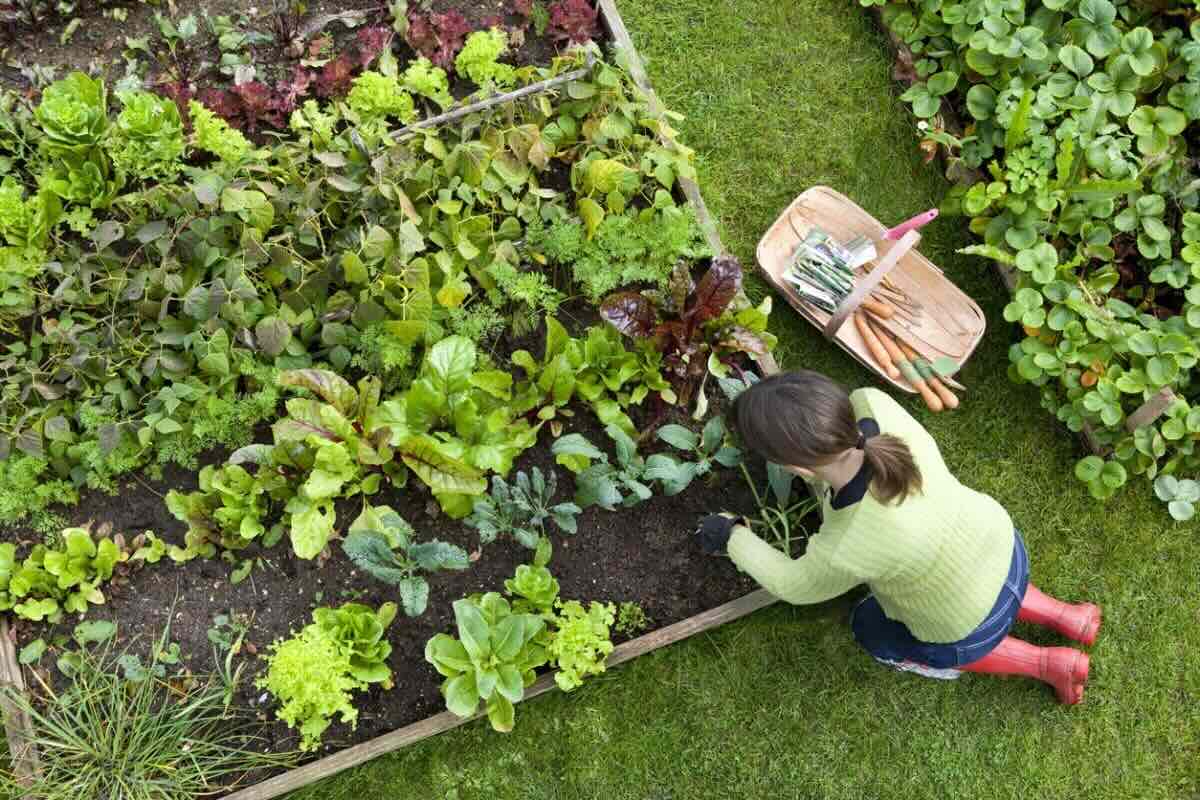
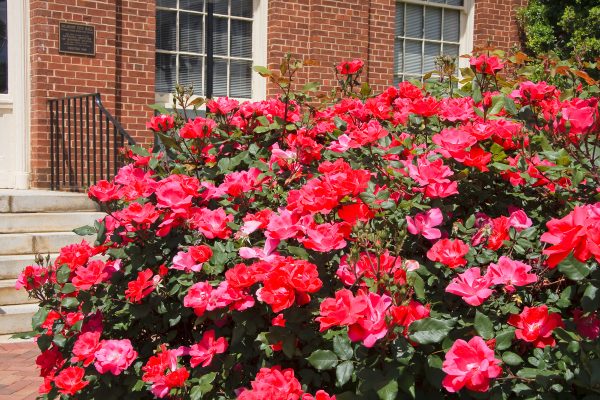
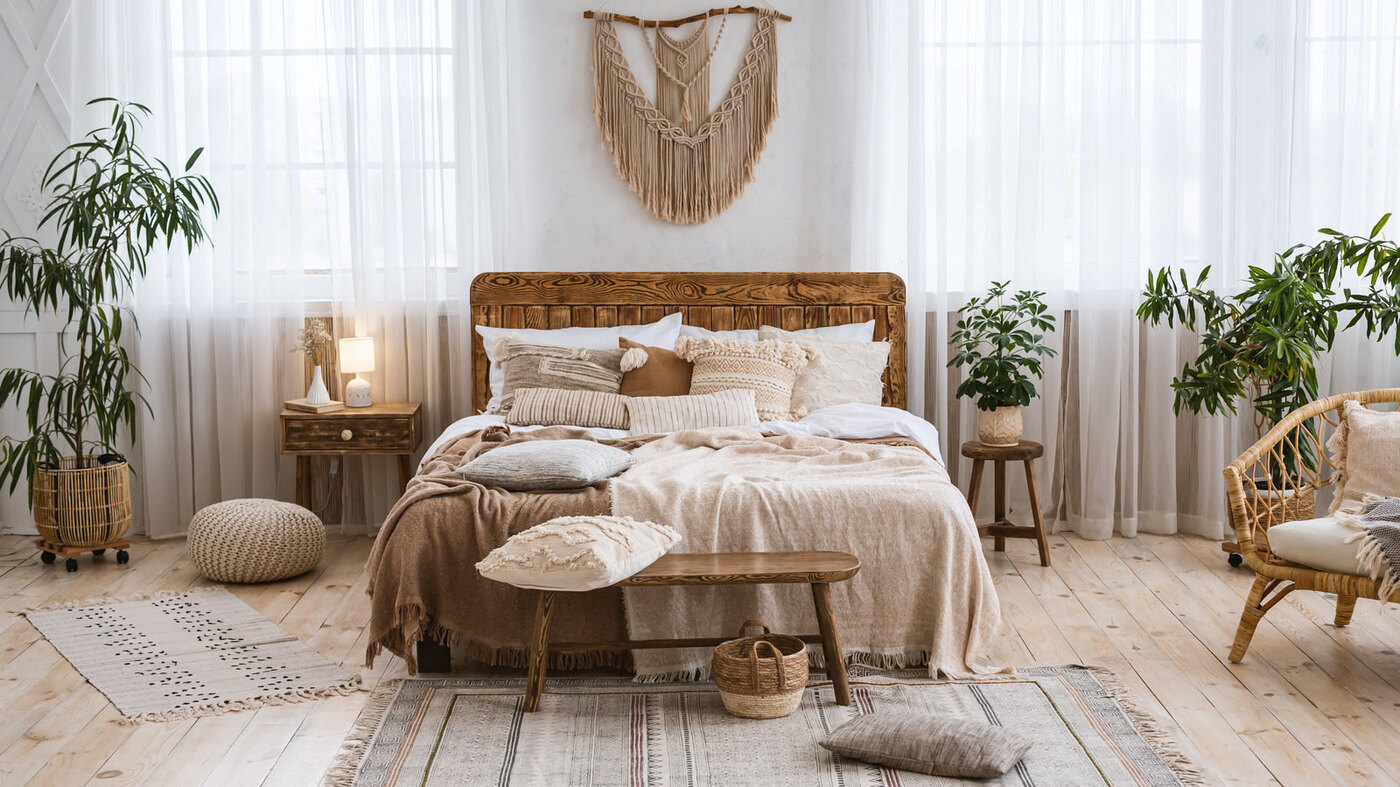
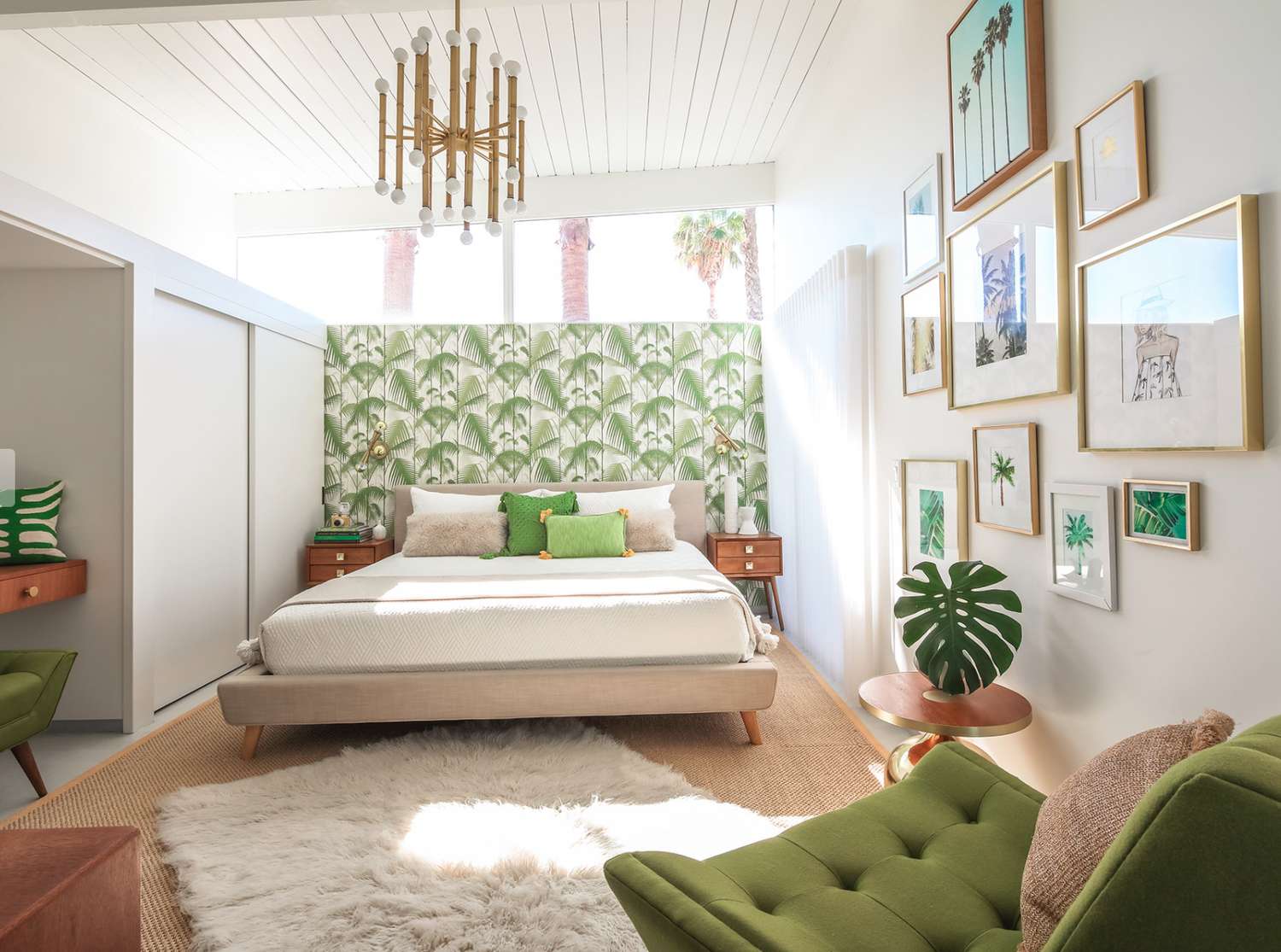
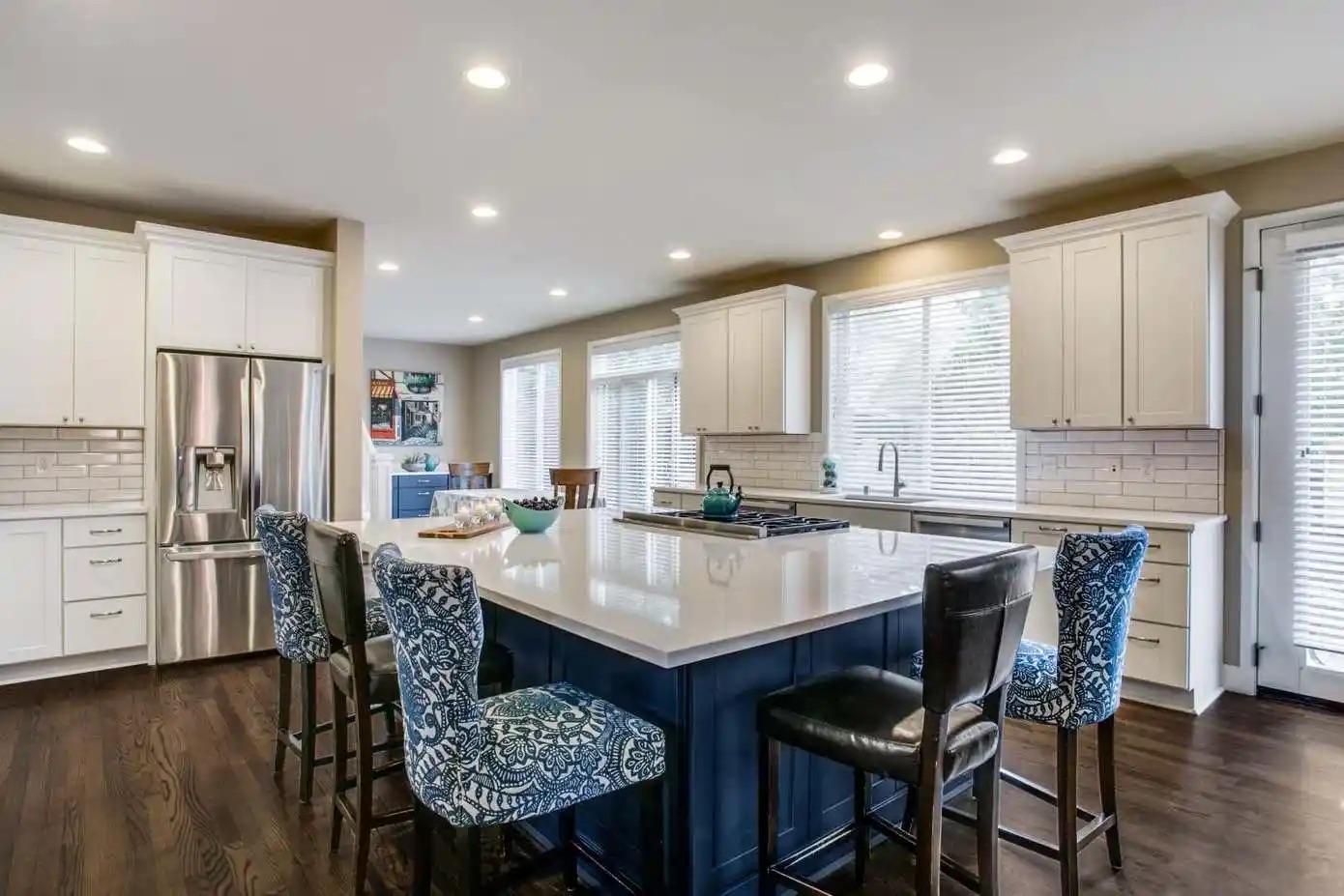
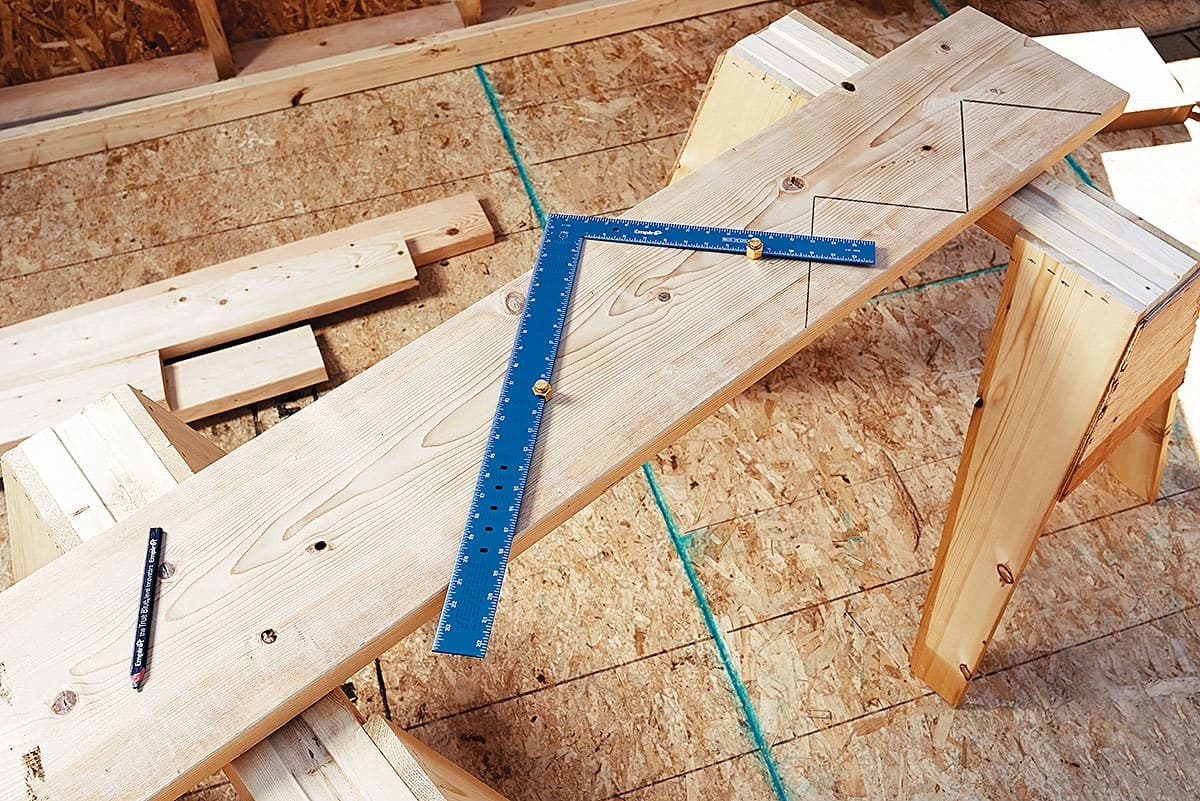
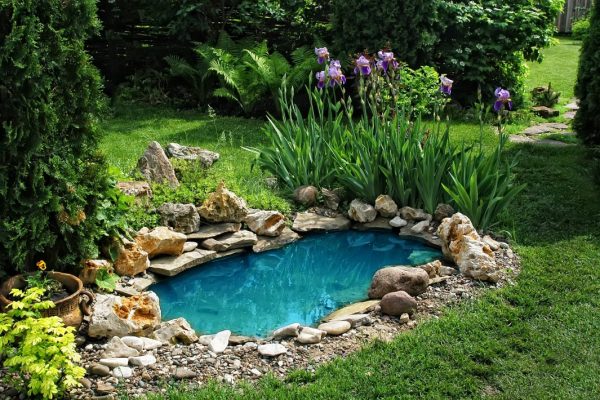
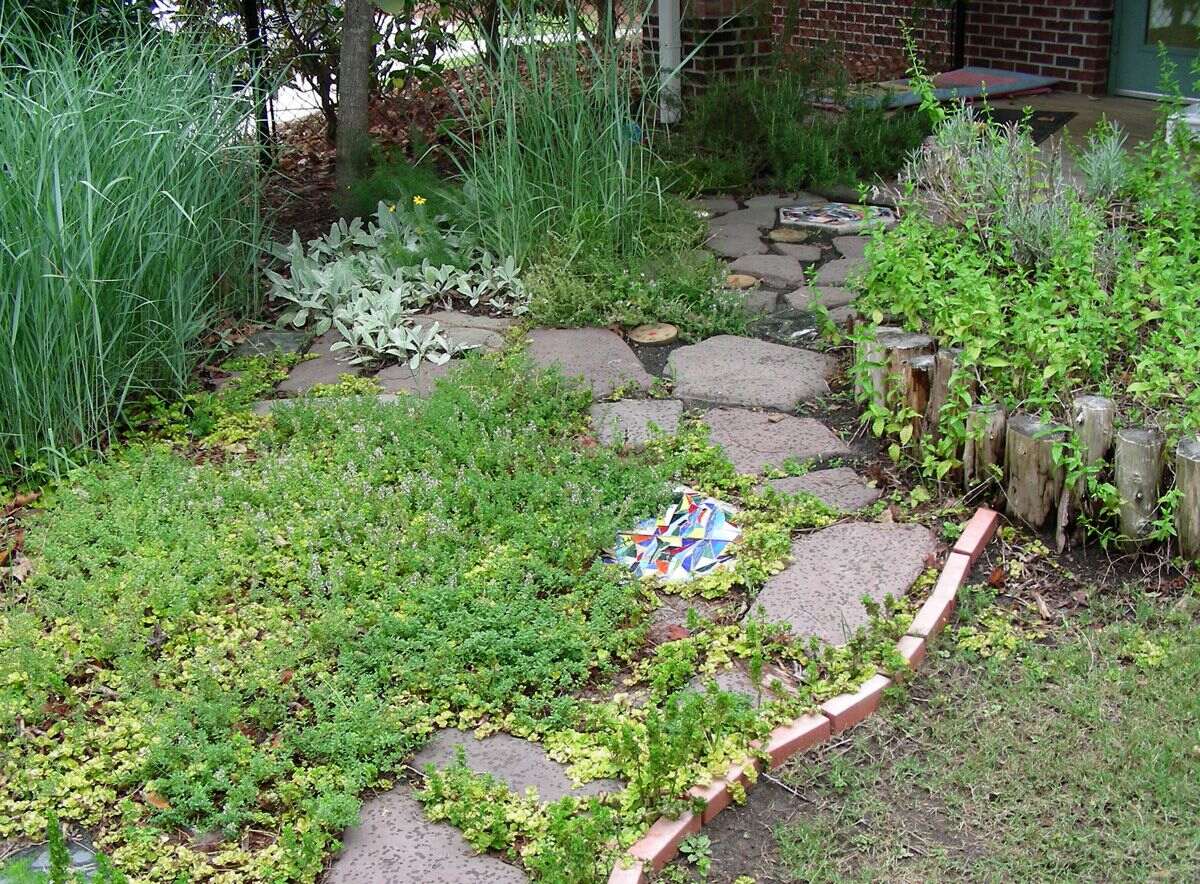
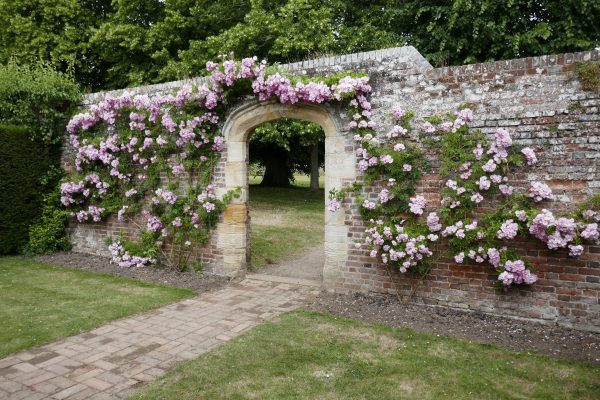
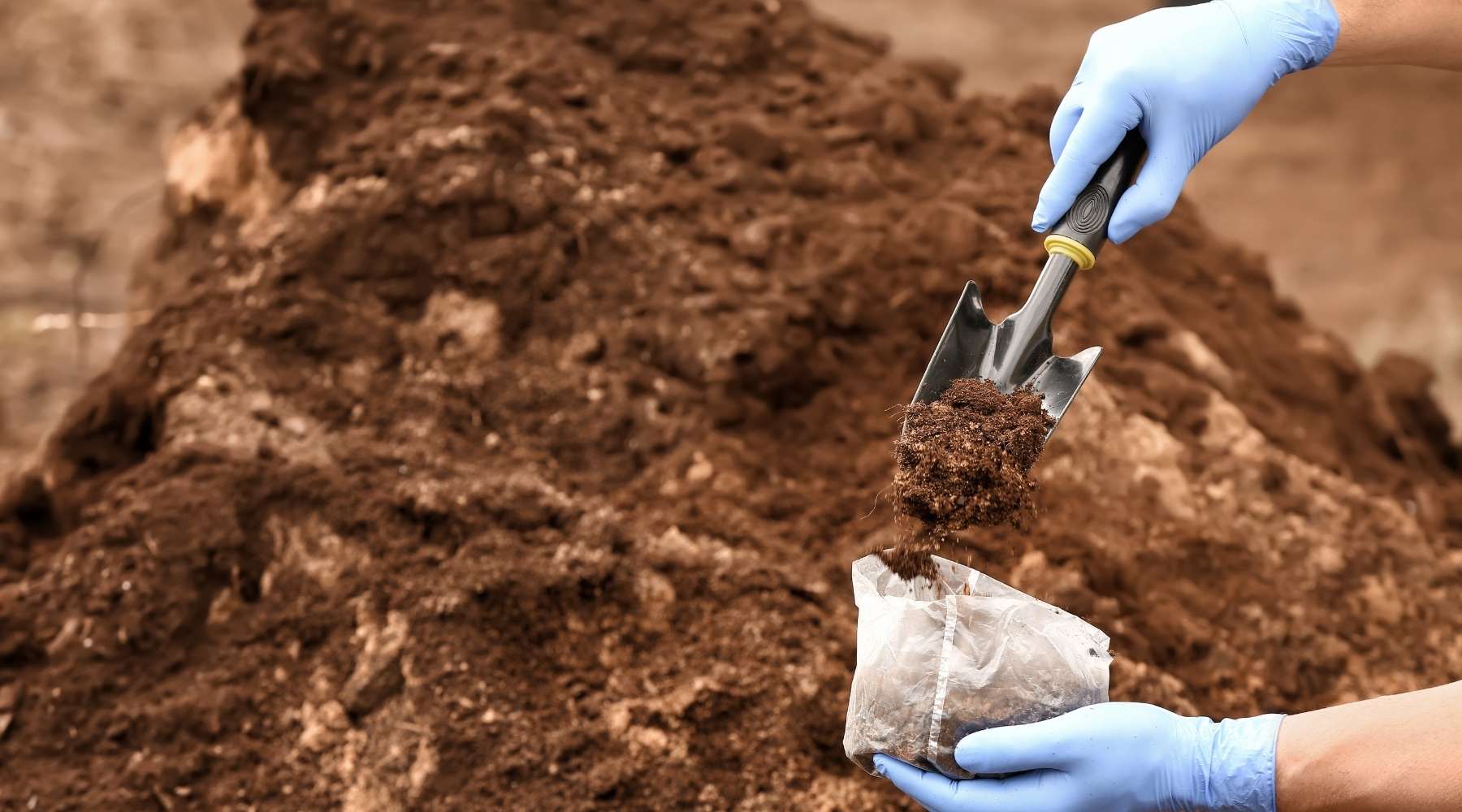
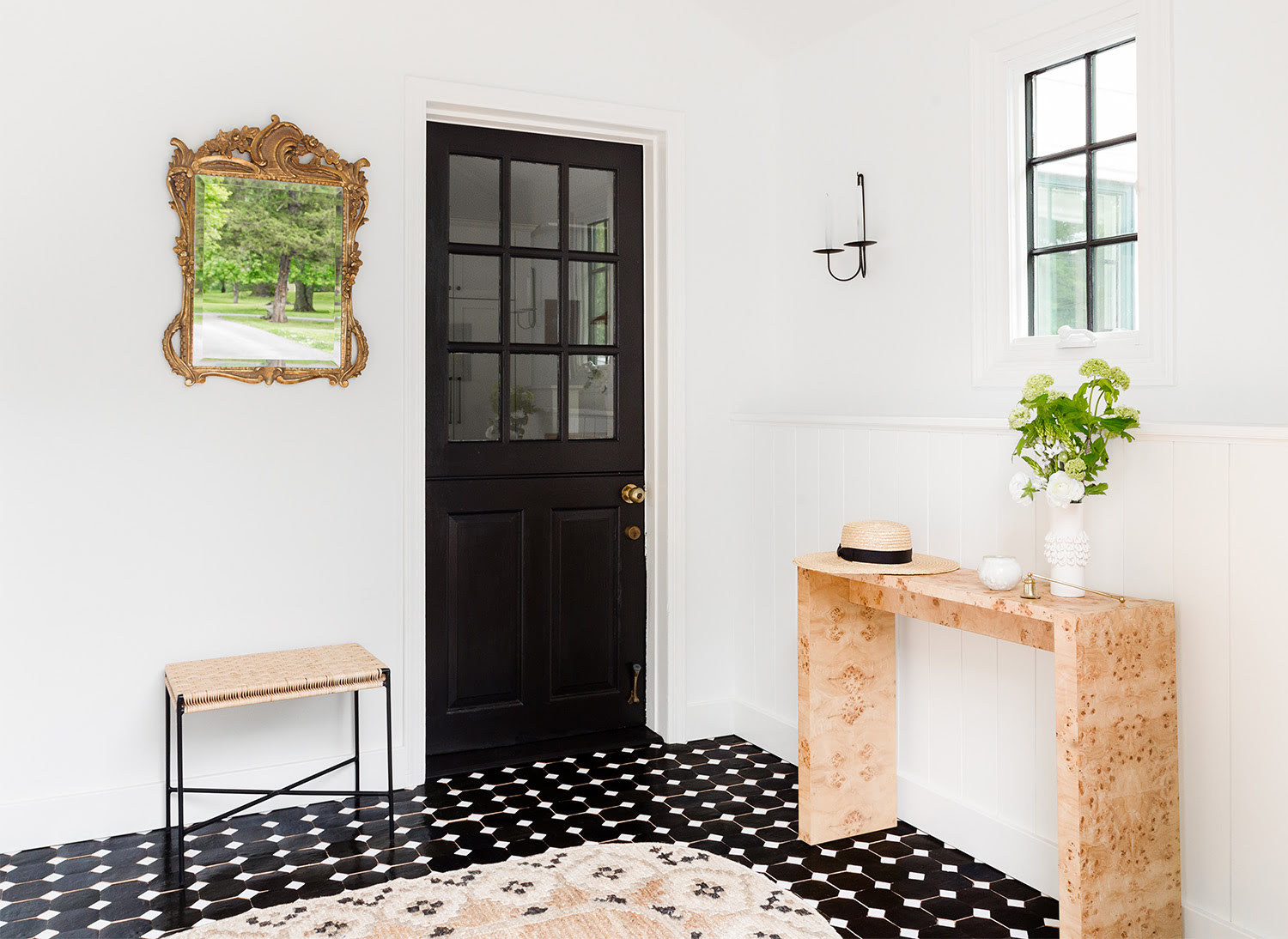
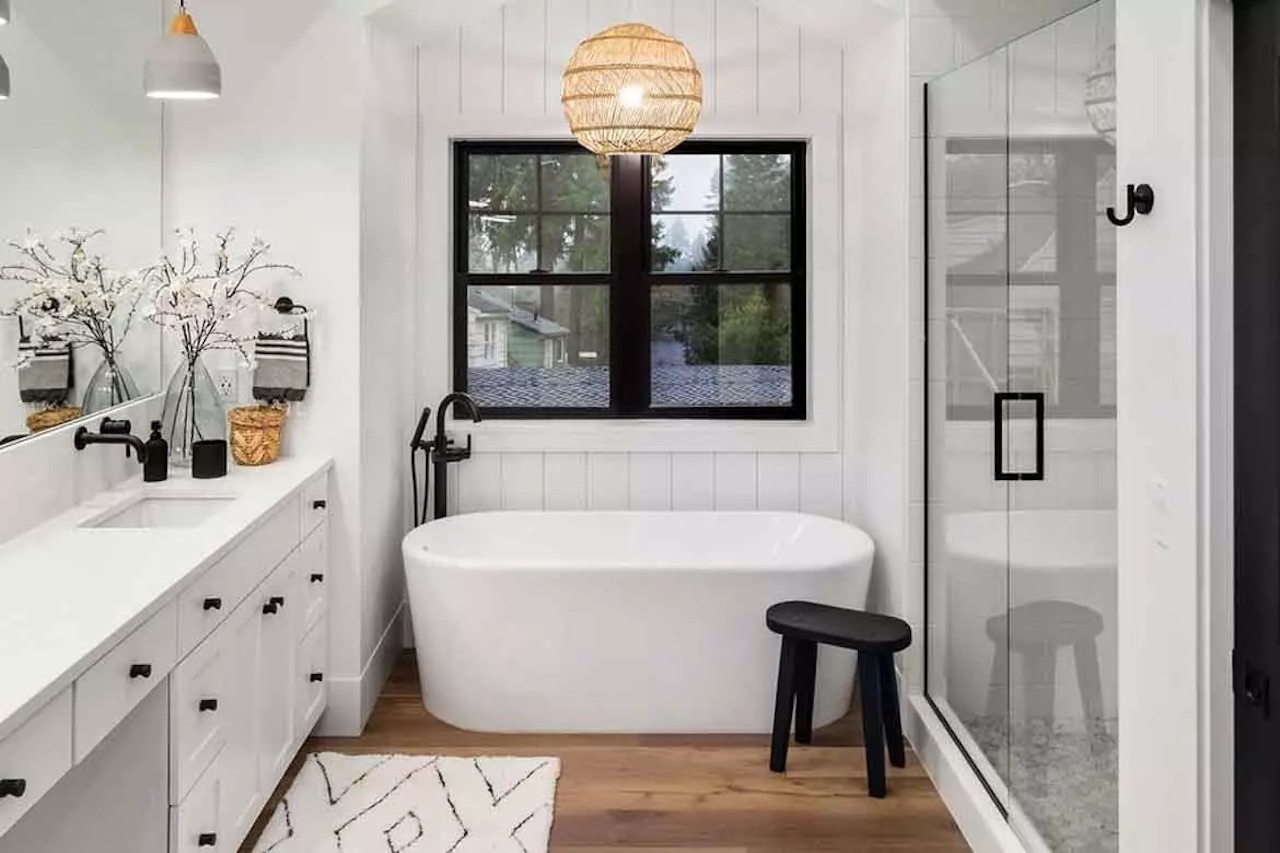
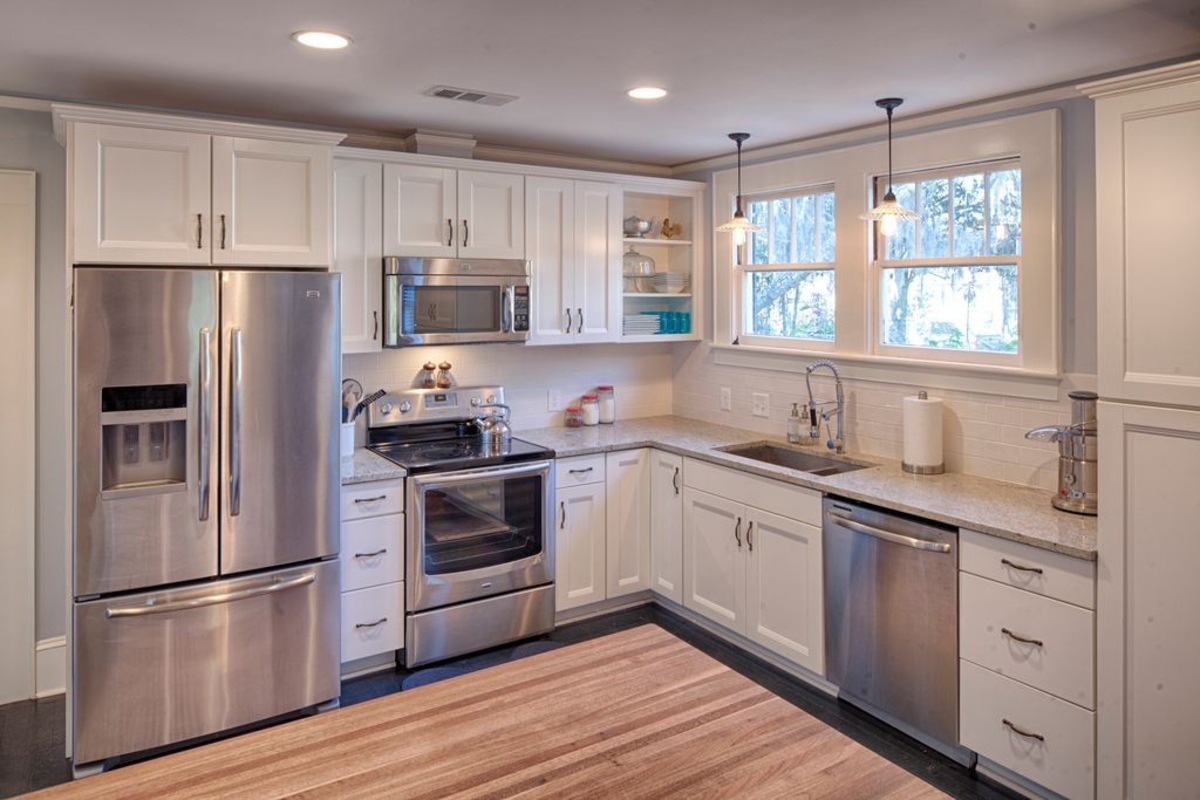

0 thoughts on “How To Layout Your Garden Design”